With some games (and so reviews), it's difficult to know where to start. Which features deserve a mention? What aspects of gameplay best represent the game's highs and lows? Should the review be more factual or fanciful? FUEL is not one of those games.
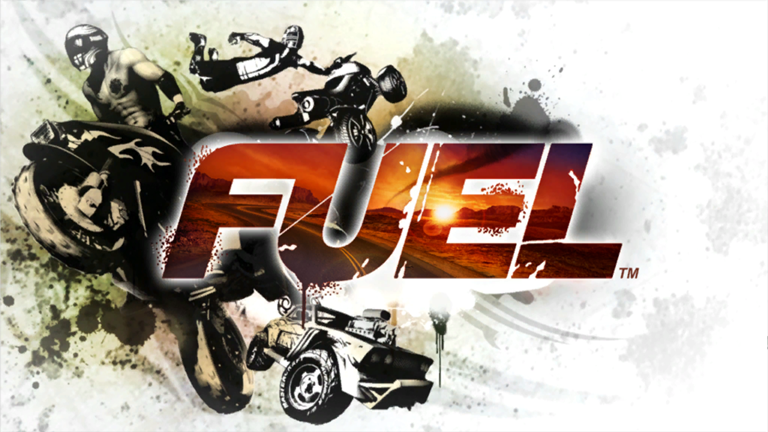
A straightforward arcade racer set in an open world the size of an actual US state (14.5 thousand kilometers squared, with nary a loading time in sight), 2009's FUEL answers the question "What if only Bros survived the climate apocalypse and everyone just kept racing?" and delivers satisfying, if occasionally stilted, gameplay aimed at your average amateur gearhead.
Made by Asobo Studio out of Bordeaux, France, which has a decidedly odd track record of releasing mostly branded budgetware and then – every now and again – dropping a genuine, decent Original Game (this same studio made Garfield: A Tail of Two Kitties, Microsoft Flight Simulator 2020 and A Plague Tale: Innocence); FUEL is a mixture of open world exploration, challenges and – of course – racing.
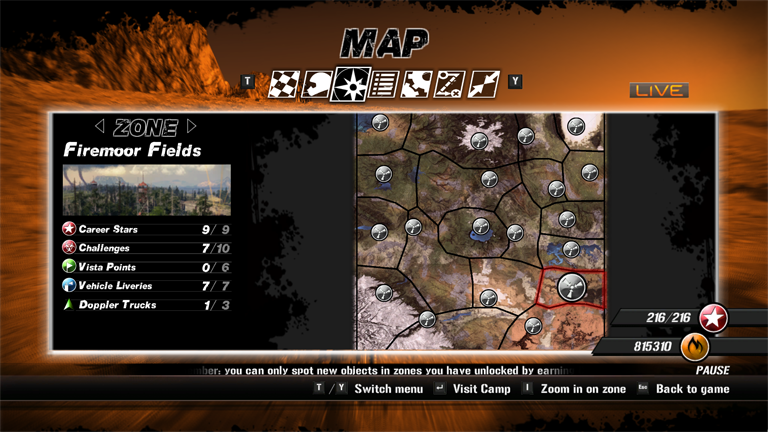
The exploration takes place on the aforementioned huge map, which you can drive – end to end – without seeing a single loading screen. It's a pretty sort of bleak, with forests burnt to a cinder, flooded coastal towns, vast expanses of desert and barren wasteland and what I'm fairly sure is Mount Rainier (the map being loosely based on the US Pacific Northwest). The game also runs a dynamic, accelerated day/night cycle and – during races, at least – throws in a bit of weather, to boot (nothing like a tornado on your tail to make you bring your A-game, I always say).

While exploring you can collect Liveries (paint jobs for your vehicles), visit Vista Points to take in the scenery, take on Challenges (short races with specific set-ups) or chase down Doppler Trucks (mobile radar rigs), which will show you the locations of the aforementioned collectibles. You can also collect the titular Fuel (the in-game currency) by crashing into oil drums, to supplement your race earnings.
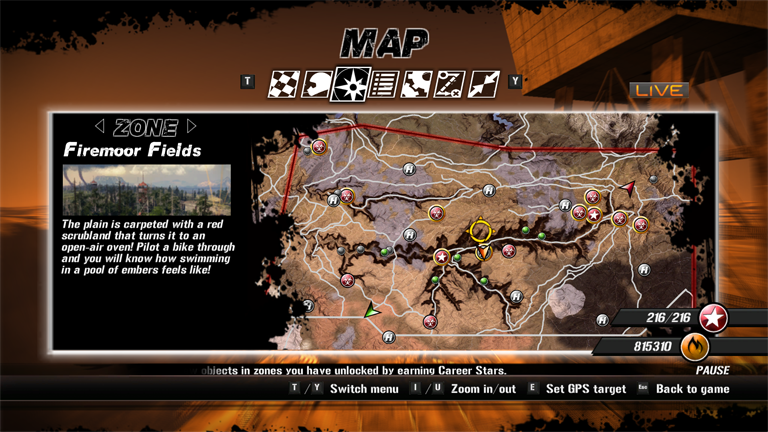
Speaking of which, the game world is divided into 19 zones, which contain a total of 70 races and 190 challenges. While the challenges are optional, winning races will net you Stars which are required to access further zones (each has a set threshold of stars you need before you can race there).
Racing is done with vehicles, of which the game offers a whopping 75! Vehicles are purchased with Fuel and divided into six categories (ATVs, Buggies, Motorcycles, Muscle Cars, SUVs and Trucks) and further split between Offroad, Asphalt or Dual. While vehicles cannot be modified or upgraded, each has its own statistics (Speed, Acceleration, Grip, Brake), unique handling and quirks. Generally, if you find something that works for you, you'll have little incentive to switch until you find a better version of same.
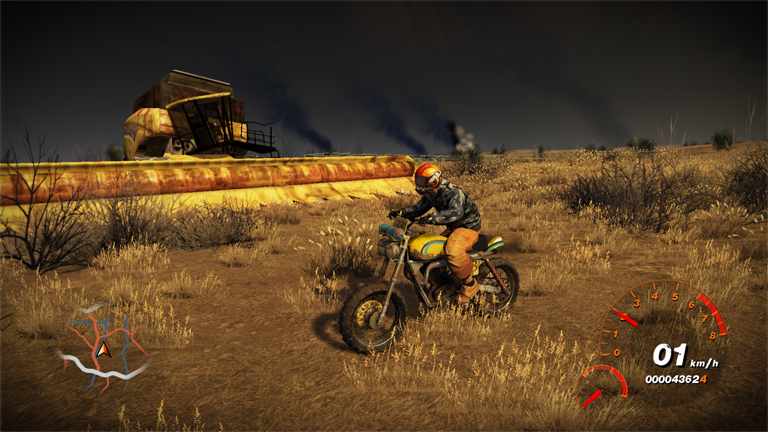
The driving model is decent with the sole exception being pure-Asphalt vehicles, which have the traction of wet soap on tile and are real swine to handle (and that's on Actual Asphalt; offroad, you might as well be on a carousel, 'cause you'll be spinning in circles).
CPU alogrithms are fine, if heavily rubber-banded, but your main opponent in most races will actually be Knowing the Route. See, the beauty of the races in FUEL is that – outside of lapped circuits – there is no specified route to checkpoints and using a good shortcut is sometimes more effective than Driving/Riding Well.
There was one race towards the end of the game I simply couldn't win because of a section that went around a chasm. No matter how fast I took the turns, or how well I drove, the computer always seemed to get at least one car in front of me every time. Finally, it took being second at a crucial moment to realize that – while I drove around the obstacle – computer players would jump a ramp across it.
The system works both ways, though: in a race that started at the top of (possibly) Mount Rainier and then wound great spirals downhill, while computer opponents followed the circular track down the slopes of the mountain, I simply drove my SUV straight down for a much faster (if haphazard) finish.
Though FUEL is more a Great Technical Achievement than Great Game (while it has been supplanted by Minecraft, of all things, Asobo used to hold the Guiness World Record for largest playable area in a console game) and doesn't offer that much to do outside of racing or hunting down collectibles, it is unique and fun enough to be worth a playthrough.
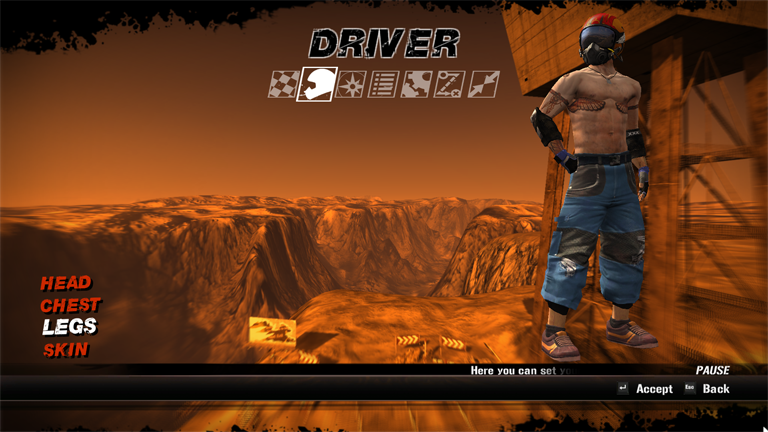
If you like your racing a little different, enjoy post-apocalyptic settings, or simply want to time yourself crossing a US state (Rock Paper Shotgun's Jim Rossignol drove around the whole map in 7 hours and 54 minutes, covering 344 miles, in 2014), FUEL's got you covered. Just don't forget to dress appropriately, or the other Bros will point and snigger behind your back.
Pig Recommends:
- -feel like trying out some other, uniquely French, titles? Try The Technomancer or GreedFall by Spiders; they're a little rough around the edges and a bit style-over-substance, but both offer interesting settings (Mars colony crumbling under a totalitarian regime / remote island in colonial times) and a healthy modicum of fun (though both do get repetitive towards the end);
